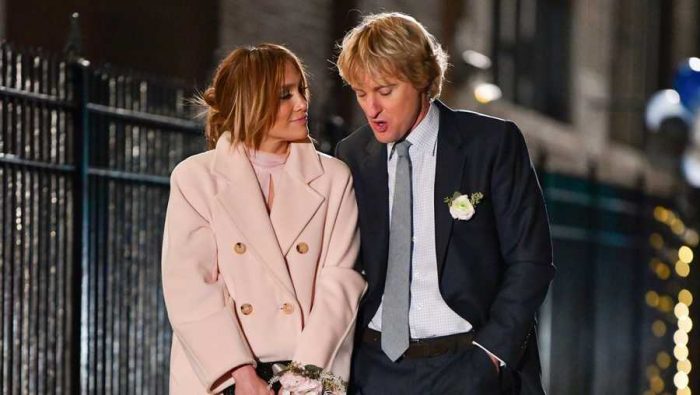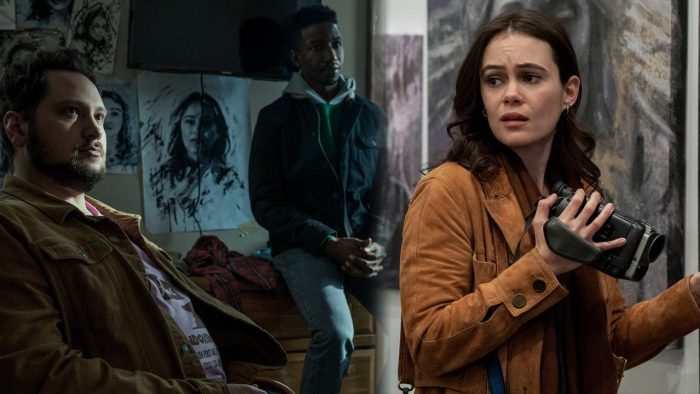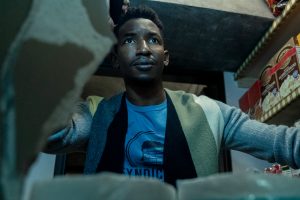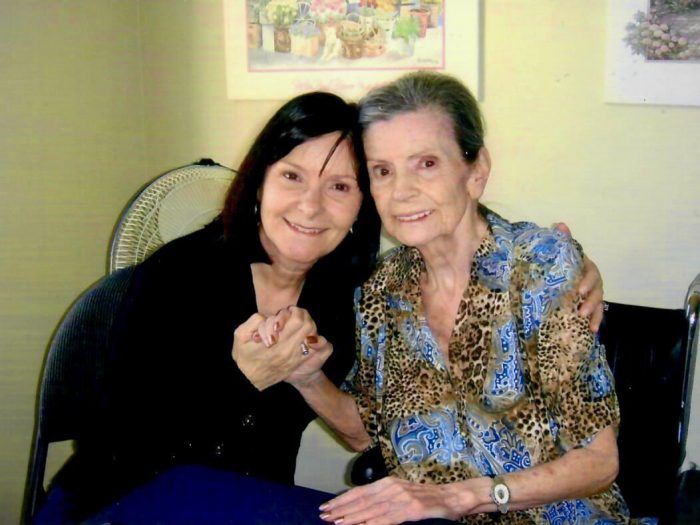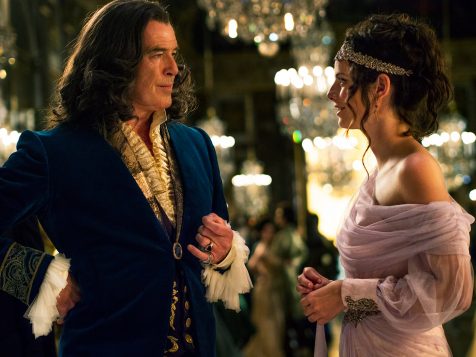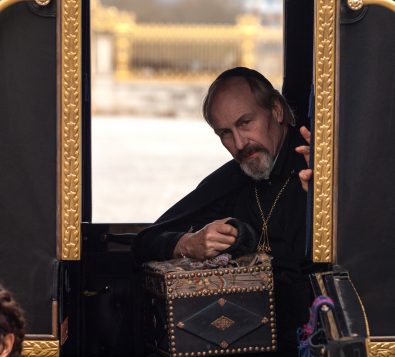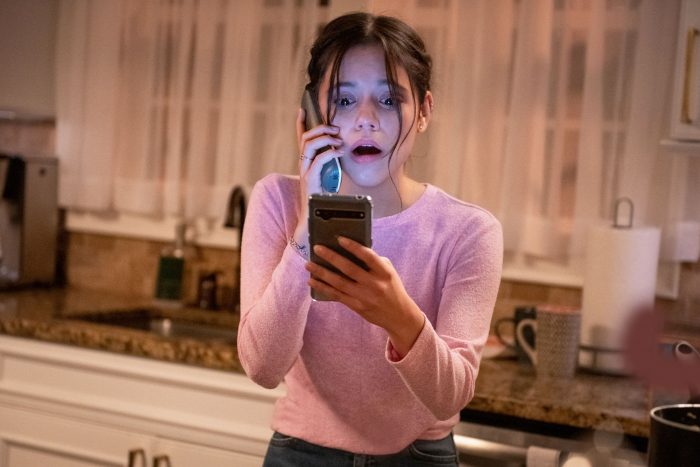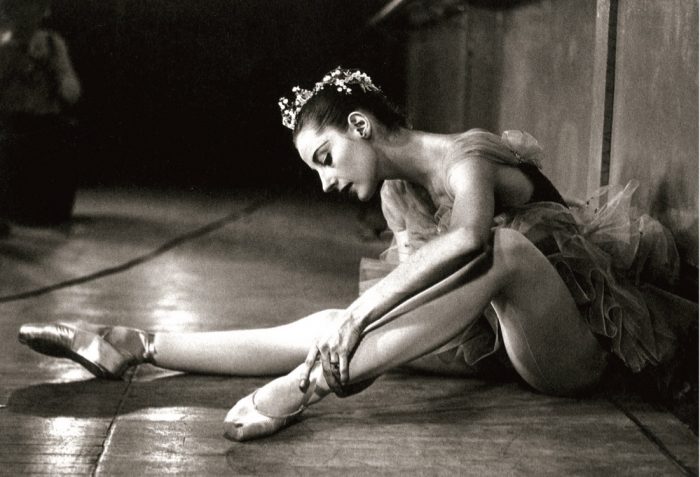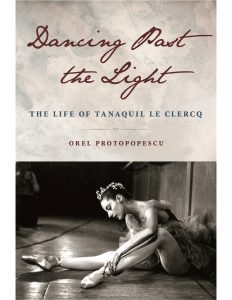By Jeffrey Sanzel
Batman first appeared on screen in the 1940s serials Batman and Batman and Robin. His next appearance was in the high camp television series, where Adam West fought a rogues’ gallery of villains played by beloved Hollywood character actors. In 1989, he resurfaced in the Tim Burton Batman, with Michael Keaton in the title role and Jack Nicholson as the Joker. Three sequels of descending quality followed.

Director Christopher Nolan rebooted the franchise in 2005 with Batman Begins and Christian Bale donning cape and cowl. The Dark Knight and The Dark Knight Rises followed in 2008 and 2012. Ben Affleck became the most recent Batman, taking on Batman vs. Superman: Dawn of Justice (2016) and Justice League (2017). Throughout the Caped Crusader’s history, he was seen in various animated incarnations, ranging from the tame Saturday morning cartoons to the challenging Batman: The Killing Joke.
After several false starts with Affleck helming as actor, director, and co-author, The Batman has reached the screen with a different vision. Matt Reeves took an alternate approach, co-writing the screenplay with Peter Craig. Leaving behind Affleck’s action-driven script, Reeves explores Batman in a real-world environment.
If it’s always sunny in Philadelphia, it’s always raining in Gotham. Undoubtedly, this cinematic Batman is the darkest. And while the Dark Knight rises, the sun does not. Gotham is a world of shadows, a city of chaos and utter corruption. A perpetual sense of disease permeates every corner of a world devoid of safety.
The plot centers around Edward Nashton (Paul DanPaul Dano, channeling the Zodiac Killer), a.k.a. The Riddler, who is eliminating people he feels have abused their power. The film opens with the murder of the mayor who was stepping out on his wife with a woman connected to the Iceberg Lounge, run by underworld mob boss Carmine Falcone (John Turturro).
Falcone’s number two is thug Oswald “Oz” Cobblepot (unrecognizable Colin Farrell), nicknamed “the Penguin.” The missing woman’s roommate is lounge server Selina Kyle (a phenomenal Zoë Kravitz), a burglar and drug dealer, who is—or will become—Catwoman. Throughout the slightly bloated three hours of playing time, skeletons come to light, including an unsavory history of Bruce Wayne’s parents and a connection to an orphanage where Nashton was raised.

in a scene from the film.
Photo courtesy of Warner Bros. Pictures
For the most part, Batman’s communication style has been a monotone growl. As played by Robert Pattinson, Batman maintains a gravelly, tight-lipped demeanor. But he introduces an underlying neurotic intensity, reflecting that he is only two years into his crime-fighting career. Pattinson’s Bruce Wayne is not the millionaire playboy living in splendor. Instead, he broods in a decaying Gothic manor worthy of Miss Havisham.
In addition, Bruce is trapped in a codependent relationship with antagonistic butler Alfred (Andy Serkis, given not enough screen time). Alfred reminds him that he is ignoring his responsibilities. This original approach works, giving depth and insight into the struggle of maintaining two separate existences.
While Batman has often been on the perimeters of society, here he is a true outcast. The police—infested with crooked dealings—see him as a freak. His sole ally is Lieutenant James Gordon (Jeffrey Wright, in a first-rate, definitive interpretation), who truly understands his value.
“Fear is a tool,” states this Batman. “They think I’m hiding in the shadows, but I am the shadows.” His motto is straightforward: “I am vengeance.” Part of him believes Gotham is beyond saving—“maybe it’s eating itself.” With monomaniacal drive, he tries to eradicate the criminal element on all levels to exorcise his demons. He has not yet found a more altruistic drive.
The Batman draws on multiple sources from the comic book but eschews the whimsical villainy for true horror. The Riddler is ridding Gotham of those he feels have betrayed the people. He is “unmasking this cesspool of a city,” a distorted reflection of Batman’s mission. Gone are the green tights with a question mark emblem. Instead, he is a sadistic serial killer cut in the Seven vein, often enacting crimes that call to mind Saw’s Jigsaw. While never fully seen, the vicious murders are suggested clearly. He does not have henchman but instead online followers. This is a timely and more frightening proposition, especially in the film’s finale.
Farrell’s Penguin little resembles anything in the Batman canon. Absent are the traditional umbrella, top hat, monocle, and cigarette. Instead, buried under a fat suit and layers of prosthetics, Farrell’s hoodlum is a plotting opportunist. Perhaps closest to expectations is Kravitz’s conflicted and complicated Catwoman, generating heat and danger.
The Batman focuses on the idea that choices have consequences, and responsibility must go beyond vengeance. In the end, Reeves aims for nobility in the final message. Batman embraces survival to transform. He will endure not for payback but to make the world a better place. He acknowledges that there will be people who will take advantage of Gotham’s vulnerability. But, for him, it must be about not dwelling solely in darkness. Whether this is an earned, uplifting coda or just pulling punches from the film’s true grit is left to the individual viewer. Either way, a forthcoming sequel will find a Batman with a higher purpose, continuing those steps into the light.
Rated PG-13, The Batman is now playing in local theaters.

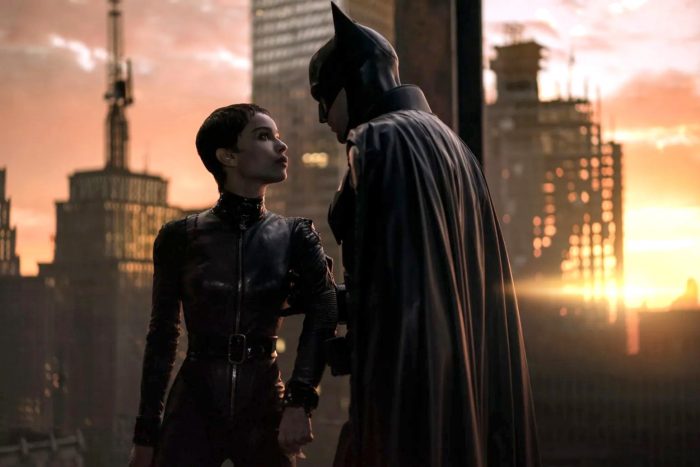
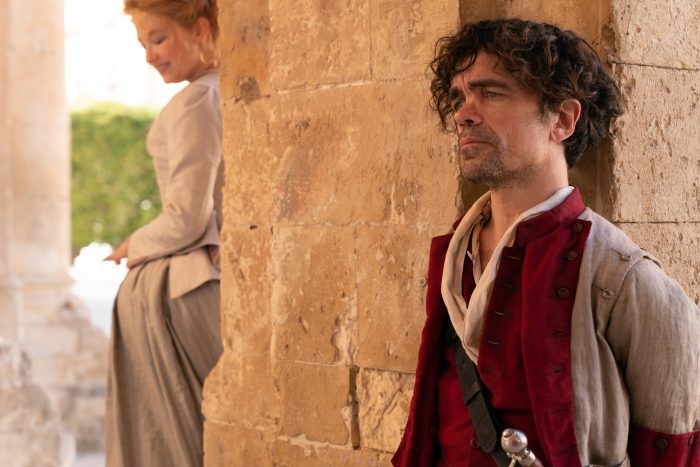



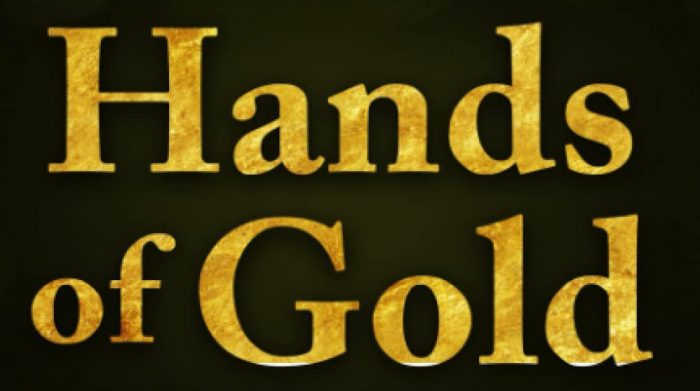

 Robbins wisely eschews the easy, idyllic family life for one of constant challenges, exacerbated by Sam’s father’s passing and his elder brother’s return. Always in the background is the hope of America—the land where the streets are paved with gold. At age eighteen, Sam escapes the family (as well as dodge army service), ending up destitute in Prague, only to return home. With his second attempt at liberation, he spends time in Germany before crossing the Atlantic and jumping ship in Montreal. The book is a Brave New World adventure story, a unique take on “Go West, young man.”
Robbins wisely eschews the easy, idyllic family life for one of constant challenges, exacerbated by Sam’s father’s passing and his elder brother’s return. Always in the background is the hope of America—the land where the streets are paved with gold. At age eighteen, Sam escapes the family (as well as dodge army service), ending up destitute in Prague, only to return home. With his second attempt at liberation, he spends time in Germany before crossing the Atlantic and jumping ship in Montreal. The book is a Brave New World adventure story, a unique take on “Go West, young man.”